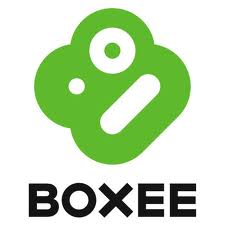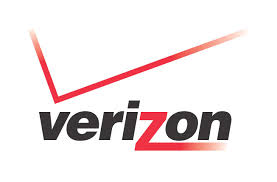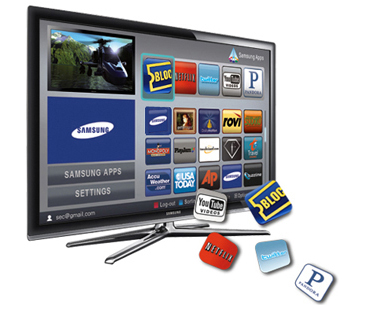UPDATE July 5, 2013
BBC PUTS 3D ON HOLD
According to a post by Broadband TV News:
“The BBC is to take a three-year holiday from the development of 3D programming with the corporation’s head of 3D admitting the UK public had not taken to the format.”
“Watching 3D is quite a hassly experience in the home. You have got to find your glasses before switching on the TV. I think when people watch TV they concentrate in a different way. When people go to the cinema they go and are used to doing one thing – I think that’s one of the reasons that take up of 3DTV has been disappointing.”
Another nail in the coffin of this expensive experiment. If Dolby and others can perfect the non-glasses viewing of 3D, there may be a chance for a limited comeback. For now TV and chip manufacturers are working hard on 4K with set already hitting the early adopter market.
Too bad the BBC didn’t read my posting 3 years ago. They could have been ahead of the curve with 4K.
Keep Pushing Forward
Jeff
jeff_vinson@sbcglobal.net
Original 2010 Posting
The flurry of press releases following CES 2010 extolling the virtues of 3D in the living room reminds me of sage advertising advice; “Don’t believe your own hype!”
A Harder Mountain to Climb: As stated in a recent article in Broadband TV News: “The road from HD to 3D is ‘a harder mountain to climb’, according to the US based research institute NSR, because ‘equipment required to bring 3D from the cinema into the living room is neither on the shelves, nor on wish lists of the general viewing public’. Difficult facts to ignore.
HD has gained market share not only because of the quality of the image (although most in the US with HD sets do not subscribe to HD services) but because of the large screen, thin profile, built in ATSC, improved energy efficiency, surround sound, etc. And one of the most compelling reason; their old tube sets were finally wearing out. Even though the price of the 36″ to 50” screens have come down, they still represent more than just an impulse buy.
Economics 101: Least anyone forget, the world is still mired in an economic crisis. The US is still experiencing 10% unemployment overall with some regions much higher. Foreclosures are still rising with no end in sight and retirement investments have yet to recover from being halved in the last 2 years. Yes, we may be climbing out, but with predictions of no new jobs until 2012, and credit card limits trimmed, aside from those getting bonuses from bailed out banks and Wall Street Robber-Barons, where will the cash come from? Or are we supposed to think that consumers will lease their next TV from the ‘Bank of Sony’?
Embracing the New Technology – Why? So whatever would possess the “average consumer” to replace their new HD big screen TV with a 3D set so they can get two or three channels in 3D on a sporadic basis? Will the subscription tier for 3D programming drive their cable bill over $200/month? Or will 3D programs only be ‘events’ like the Ultimate Fighting Death Matches available for ‘only’ $69.95?
Forget About the Remote, Where Did I Put Those G– D— Glasses? !!!!! A recent NY Times article gave a rundown of the 3D glasses available to movie houses – from sleek $50 models to cheap ones for 65 cents. Which gets one to thinking about the feasibility of putting on a strange set of glasses every time you want to watch TV. There are some anecdotal accounts of viewers getting headaches and difficulty putting 3D glasses over the top of their prescription lenses. (Perhaps Best Buy will include a coupon for Lasik Surgery with every new set.) And how many pairs will each household need? Ok, you have one for Mom, Dad and each of the kids (child sized, of course). So it looks like your out of luck when you want to show off your new toy to the neighbors. Unless they stop at a Radio Shack on the way to get their own pair.
The economic news will get better (someday) and consumers will want to upgrade their living room TVs. But the consumer electronics marketplace is filled with many more serious contenders than it was when TV was king. 3D TV may have a place in the market, but for now, it just a novelty, attracting the attention of the early adopters.
Keep Pushing Forward
Jeff Vinson
jeff_vinson@sbcglobal.net
[You may contact Jeff directly for consulting opportunities.]




